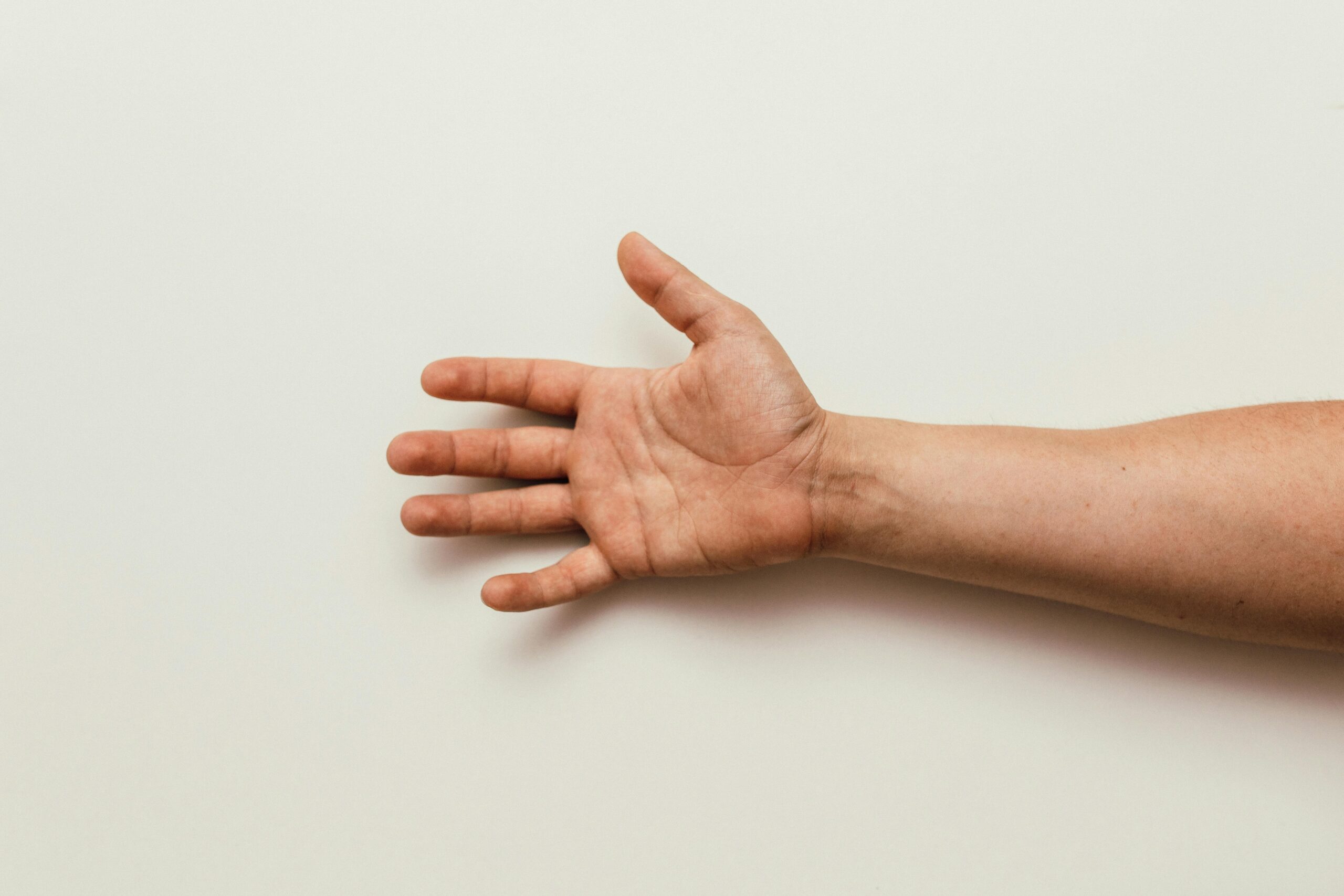Deep Tissue Massage vs. Swedish Massage Therapy

In the world of massage therapy, two techniques are highly acclaimed for their distinctive approaches and desired effects: Deep Tissue Massage and Swedish Massage Therapy. While both aim to promote relaxation and alleviate muscle tension, they differ significantly in their methods and outcomes. Understanding these differences is crucial in choosing the most suitable massage for individual needs.
1. Approach and Techniques
Swedish Massage Therapy:
Swedish massage therapy is one of the most common types of massage known for its gentle and soothing techniques. The main focus of this massage therapy is improving blood circulation. Furthermore, it also helps in relaxing the superficial muscles, and promoting overall relaxation through a combination of:
- Effleurage: Long, sweeping strokes that glide over the body’s surface, aiding in relaxation and enhancing blood flow.
- Petrissage: Kneading and rolling movements that target deeper layers of muscles, releasing tension knots and improving flexibility.
- Tapotement: Rhythmic tapping, cupping, or hacking motions that stimulate muscles and invigorate the body.
- Friction: Applied pressure and rubbing along muscle fibers, aiding in the breakdown of scar tissue and muscle adhesions.
Deep Tissue Massage:
In contrast to Swedish massage therapy, deep tissue massage targets the deeper layers of muscles and connective tissues. The primary objective of deep tissue massage therapy is to alleviate chronic pain, stiffness, and tension. This technique involves more intense and focused pressure, aiming to release chronic muscle tension through:
- Firm Pressure: Slow, deliberate strokes with more force applied, concentrating on specific areas of tension or pain.
- Stripping: Using thumbs, knuckles, or elbows to apply deep pressure along the muscle fibers, breaking down adhesions and restoring movement.
- Cross-Fiber Friction: Pressure applied across the grain of muscles to release tightness and improve mobility.
- Trigger Point Therapy: Identifying and applying direct pressure to specific trigger points, easing muscle knots and referred pain.
2. Intended Benefits
Swedish Massage Therapy:
Some of the primary benefits of Swedish massage therapy include:
- Relaxation: Promotes a sense of relaxation and stress relief, making it an excellent choice for individuals seeking a calming experience.
- Improved Circulation: Enhances blood flow, reducing muscle toxins and boosting overall well-being.
- Stress Reduction: Alleviates physical and mental tension, aiding in mental clarity and better sleep quality.
Deep Tissue Massage:
Deep tissue massage therapy has a host of benefits. Some of them are:
- Pain Relief: Targets chronic pain conditions like lower back pain, neck and shoulder stiffness, and repetitive strain injuries.
- Rehabilitation: Assists in rehabilitating injured muscles by breaking down scar tissue and improving range of motion.
- Specific Muscle Issues: Addresses specific muscle problems and chronic tension, providing long-term relief for chronic conditions.
Conclusion:
In essence, the choice between Swedish massage and deep tissue massage therapy largely depends on individual preferences and specific needs. While Swedish massage is ideal for relaxation and overall stress reduction, Deep tissue massage is more suited for individuals seeking relief from chronic muscle tension and pain.
It’s essential to communicate effectively with a massage therapist about your preferences, areas of concern, and expected outcomes. Some individuals might benefit from a combination of both techniques in a session, tailored to address different aspects of relaxation and targeted muscle therapy.
Ultimately, whether you’re seeking a gentle, soothing experience or a more intense approach to address deeper muscle issues, both Swedish massage therapy and deep tissue massage offer unique benefits that can contribute significantly to your overall well-being and relaxation. Always consult with a qualified massage therapist to determine the most suitable technique based on your individual requirements and health conditions.
Remember, whichever massage you choose, it’s about taking time for yourself and investing in your well-being, allowing your body to relax and rejuvenate.
By understanding the nuances between these two popular massage techniques, individuals can make an informed decision to experience the best-suited therapy for their personal needs.
Blog Categories
- Acupuncture Treatment (10)
- Ankle Sprain (1)
- Arthritis Treatment (1)
- Back Pain (23)
- Chiropractic Care (38)
- Tennis Elbow (1)
- Chronic Pain (5)
- COVID-19 (1)
- Custom Orthotics (6)
- Dizziness (4)
- Exercises (13)
- Foot Orthotics (6)
- Hamstring Stretches (2)
- Info Articles (3)
- Kids Injury (1)
- Laser Therapy (4)
- Massage Therapy (21)
- Neck Pain (16)
- Orthopedic (1)
- Osteoarthritis (5)
- Osteopathy (3)
- Pain Management (18)
- Physiotherapy Benefits (44)
- Physiotherapy Clinic (6)
- Physiotherapy Exercises (12)
- Physiotherapy Tips (25)
- Physiotherapy Treatment (100)
- Rotator Cuff (2)
- Shin Splints (1)
- Shoulder (2)
- Spine (4)
- Sports Physiotherapy (2)
- Uncategorized (1)
- Vestibular Physiotherapy (2)
- Work From Home (2)


